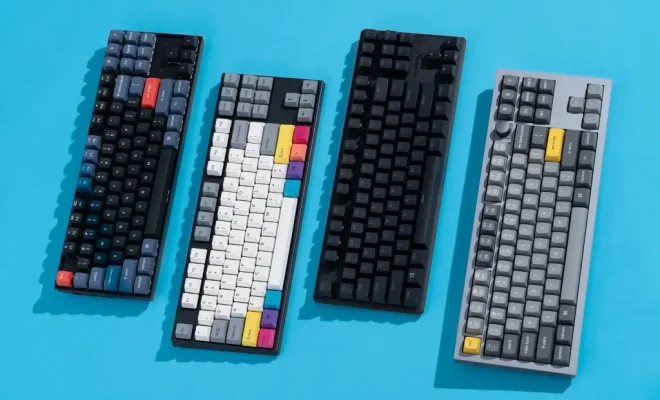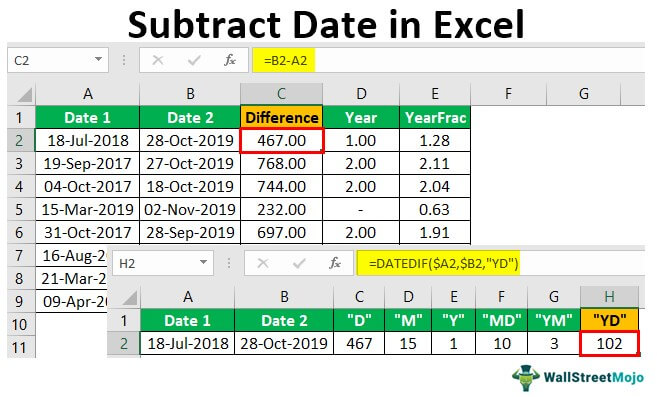What Is an Ethernet Card?

An Ethernet card, also known as a network adapter or NIC (Network Interface Card), is a device that enables your computer to connect to the internet or a local network. The Ethernet card is a critical component in modern computer networking systems, and without it, accessing the internet or network resources would be impossible.
The Ethernet card’s primary purpose is to translate data between your computer and a network. It does this by connecting to an Ethernet cable, which carries data signals to and from the network. Once connected, the Ethernet card signals the computer to send or receive data over the internet or network.
Ethernet cards come in many shapes and sizes, but all Ethernet cards have some common elements. They all have a physical connection to the network, a processing chip that translates signals between the computer and network, and a driver software that allows the operating system to use the card correctly.
Different computers and networks require different Ethernet cards, depending on the network protocol and physical connection. Older networks may use a coaxial (coax) cable for physical connections, while newer networks use twisted pair cables, such as CAT5, CAT6, or CAT7.
Another important aspect of Ethernet cards is their speed. The speed of an Ethernet card determines the amount of data that can be transmitted over the network. Ethernet cards usually operate at speeds ranging from 10 Mbps to 10 Gbps, and the speed of the card needs to match the speed of the network it is connected to.
One of the most popular types of Ethernet cards in use today is the PCI (Peripheral Component Interconnect) card. PCI Ethernet cards plug into an expansion slot on the motherboard of the computer and provide fast and reliable networking capabilities.
Over time, Ethernet cards have evolved with new technologies, such as wireless network adapters, fiber-optic connections, and high-speed Ethernet protocols. These advancements have made networking faster and more reliable, improving communication, collaboration, and productivity in work and personal settings.
In conclusion, an Ethernet card is a critical component in modern computer networking systems. It provides a physical connection and processing power to translate networking data between a computer and a network. Different types of Ethernet cards exist based on physical connections, speed, and technology, each designed to meet specific networking needs.





